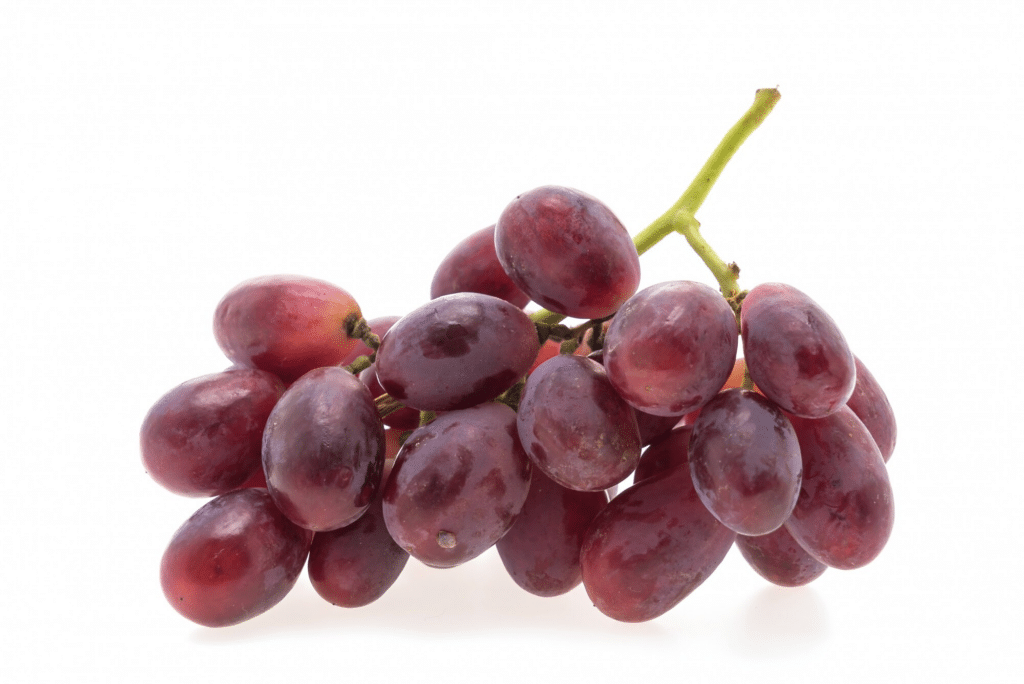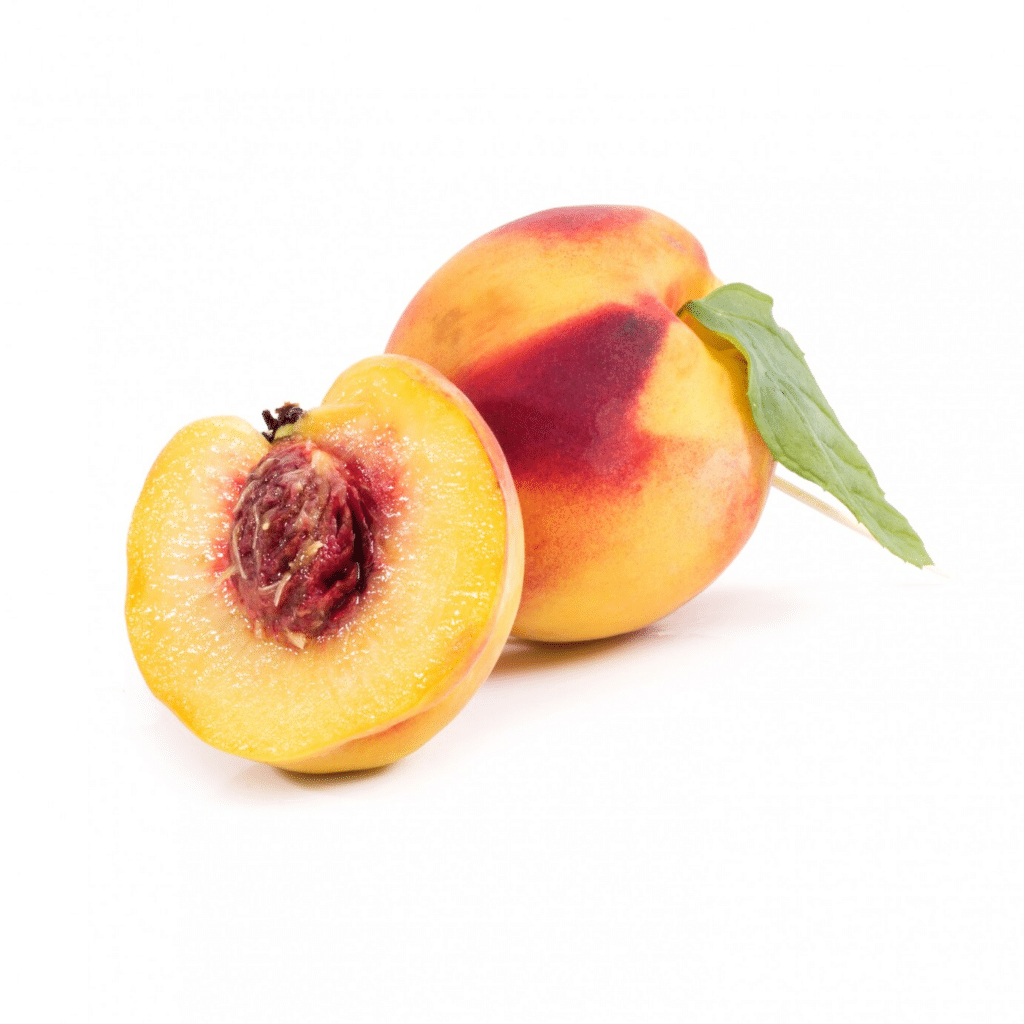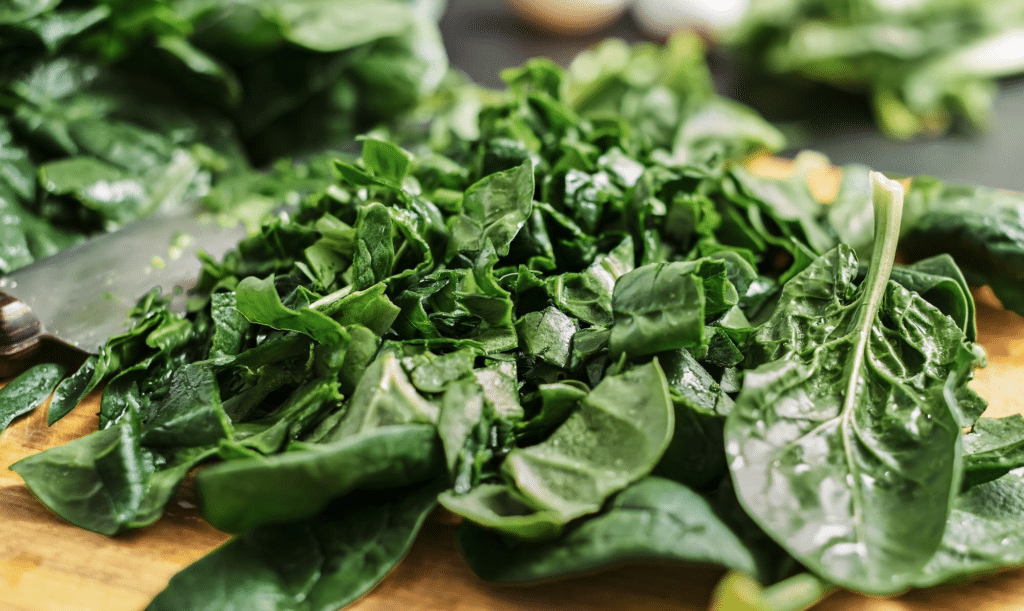Fruits and vegetables give us vitamins that promote healthy development, body function, and general development. However, these fruits and vegetables can contribute to health problems when they have pesticide residue. While pesticides help protect plants from pest damage, they are harmful to our health. Here, we’ll highlight the recent list of harmful fruits and veggies.
Grapes, cherries, and peaches
Grapes are one of those items that are always on the Dirty Dozen list every year. More than 96% of all samples of this fruit have been found to contain pesticide residues. These residues can build up and cause health concerns.

Courtesy: Freepik
Residues from an average of five pesticides were found on cherry samples, including a pesticide banned in Europe, iprodione. Similarly, about 65% of the tested peaches contain at least four pesticides.
Nectarines, apples, hot peppers and bell peppers
In 90% of apple samples, traces of diphenylamine, a pesticide banned in Europe, have been found. This explains why you shouldn’t eat your apples without washing them first. Nectarine samples were also found to contain about fifteen different types of pesticides.

Courtesy: Freepik
Hot and bell peppers contain fewer pesticide residues than the fruits and vegetables on the Dirty Dozen list. However, the pesticide residues found on these peppers are said to be more toxic to human health.
Strawberries, blueberries and pears
It won’t be a surprise to learn that strawberries are topping the Dirty Dozens list- they consistently top the list—about 30% of all strawberry samples contained ten (or more) pesticide residues. Well, blueberries are quite different.

Courtesy: Freepik
About 80% of blueberries contained two or more pesticide residues. Pears are also part of the pesticide-contaminated list; more than 63% of tested pears had residues from five or more pesticides.
Spinach, green beans, and leafy greens
76% of tested spinach had pesticide residues, including a neurotoxic insecticide that is highly toxic to animals, permethrin. Similarly, 90% of green bean samples contain pesticides, including a banned neurotoxin called acephate.

Courtesy: Freepik
Leafy greens like mustard, collard greens, and kale also have their fair share of pesticide residue. 86% of leafy green samples were found to have two or more pesticide residues like cypermethrin and imidacloprid.
What do these pesticides imply?
It’s important to understand that while low levels of pesticides found in food might not have any significant effect, high doses can be detrimental to health. Removing as many pesticides as possible from your fruit before consumption is advisable.

Courtesy: Boldsky
You could wash your apples with a 1% baking soda and water mixture; expose your vegetables to hot, then cold water; scrub your fruits in cold water; or boil your strawberries to reduce the residues. Also, you could buy organic versions of the foods mentioned above.
